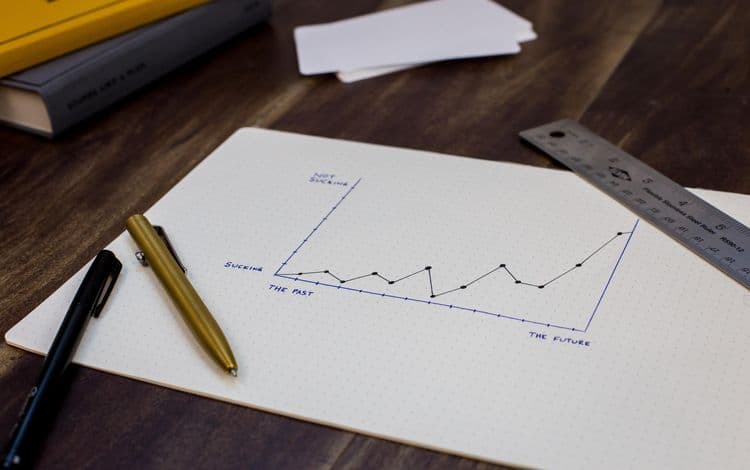Economics essentially examines the production and consumption of products and services within a given country and/or region. How governments utilize and allocate resources, the way people spend their money and on what they spend that money, how businesses make certain choices about their products and sales, all of these figures into the study of economics. Among the foundations of economics is the concept of labor. Labor stands in large part as that which fuels an economy. In this article, we will look more in-depth at what economics entails.
Understanding Economics
Economics is generally broken down into two areas: micro and macroeconomics. Microeconomics examines the economy and how it works at the individual level. That is to say, how a person or household for example makes decisions regarding what they are going to spend their money on and consequently how they react to price changes are a focus of microeconomics.
Some of the more prominent focuses of microeconomics include the concept of trade at the individual level, also how supply and demand affect pricing, as well as how labor is divided, and the impact therein.
Macroeconomics on the other hand is a much broader field of study and encompasses the economy both nationally and internationally. That is to say, macroeconomics will for instance examine an entire continent in terms of its economic cycles. In this way, economists come to better comprehend why economic growth is evident in one area of the world while development may lag in other regions. Among the topics covered by macroeconomics are foreign trade, unemployment rates, and monetary policies. Macroeconomists also focus on cycles that trigger booms and on the flip side recessions.
Different Types of Economic Theory
There are a variety of schools and consequent approaches to the study of economics as a whole. Very often economics will include a deductive approach utilizing mathematical logic to arrive at certain conclusions/assumptions. Still, other economic methods take a more empirical versus deductive approach. For example, some economists may attempt experiments in which potential consumers must make an economic decision; the results are then used to make assumptions. This however can be a problematic approach to economics as such methods could generate inaccurate suppositions.
[/et_pb_text][et_pb_image src="/wp-content/uploads/202102/economics-1.jpg" _builder_version="4.8.2" _module_preset="default" align="center" border_radii="on|10px|10px|10px|10px" box_shadow_style="preset3" hover_enabled="0" sticky_enabled="0" alt="economics" title_text="economics 1"][/et_pb_image][et_pb_text _builder_version="4.8.2" _module_preset="default" hover_enabled="0" sticky_enabled="0"]
The Use of Economic Indicators
An economic indicator is a type of report used by countries to gauge the economic performance/activity in a specific area. Most often published by a government agency or body, such reports can have a major impact on certain aspects of a country's economy, for example, they could influence the stock market. Investors will frequently use such reports to better determine their next course of action as far as their investments are concerned. These are a few of the key reports/indicators that the US uses to measure economic activity.
Gross Domestic Product (GDP/)
Perhaps the most comprehensive measure of economic performance and activity, the GDP signifies the value of all goods and services produced within a country over a year or also, some other specified duration of time. That said, investors will often look first to the advance GDP report, as the GDP as an indicator can only confirm the existence of certain trends versus actually forecasting trends.
Retail Sales
The retail sales report is produced by the Department of Commerce and put out mid-month. This report shows the total dollar value of goods sold in stores. It relies upon sample data taken from retailers across the US. The reason why this report is so watched is that as far as the GDP goes, consumer spending accounts for nearly two thirds. The retail sales report thus offers a pretty effective glimpse of where the economy is headed.
Industrial Production
Another key report is that released by the Federal Reserve every month which outlines any notable changes as far as production within factories, mines, and utilities. Economists want to see production levels increasing from month to month as levels that fall below a certain utilization percentage may indicate that the economy is slowing down and could potentially signal a recession.
Employment Data
The Bureau of Labor Statistics releases an employment data report on the first Friday of every month. If the report points to strong increases in employment, this generally suggests that the economy is doing well. If on the other hand there are measurable decreases in employment rates for a given month, this could indicate that there will be problems shortly as far as the economy goes.
Consumer Price Index (CPI/)
The Bureau of Labor Statistics also releases the Consumer Price Index (CPI/). This is what is mainly used as far as determining the rate of inflation a country is experiencing as the CPI looks at the level of price changes in a country's goods and services. The CPI looks at such changes on both a month to month and year to year basis. This index is definitely among the most important that economists consider and can consequently increase volatility in some sectors, such as the forex markets example. If price increases across the board are larger than expected this could easily lead to inflation and the value of the dollar could very well depreciate.
Why We Study Economics
The overall goal of the study of economics is to improve an individual's living conditions. All of these indicators are in place, in part, to help us see the path toward higher income levels, as higher-income means better overall conditions by way of housing, food, education, and access to healthcare, among other factors. Economists work to map out a plan moving forward to benefit the best interests of the country and its citizens.
First Union Lending is here to help. We work with small business owners so that they have the means to grow and succeed! From short term loans to lines of credit, we have a financing solution for you. Call today!
